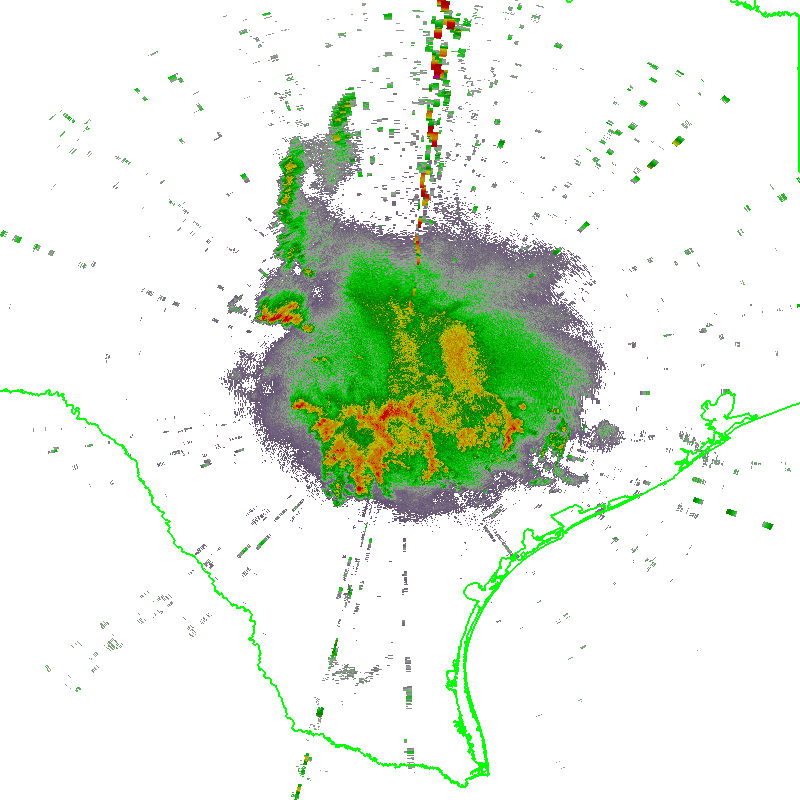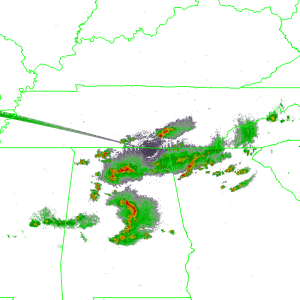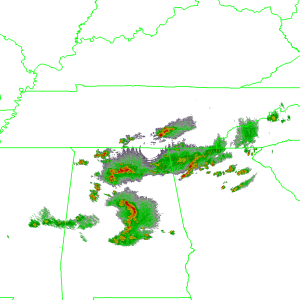w2qcnndp is a WDSS-II algorithm that employs polarimetric moments to do quality-control of weather radar reflectivity data. Single-pol QC (via w2qcnn) has lots of problems distinguishing bioscatter from light precipitation, but polarimetric moments (variance of Zdr, especially) help w2qcnndp outperform w2qcnn in terms of removing bioscatter. If you are using w2qcnn on US weather radar data from after the polarimetric upgrade, you should definitely start using w2qcnndp instead.
w2qcnndp used to have lots of problems with electronic interference and with sun spikes. Recently, we added two modules to w2qcnndp (they are turned on by default; use -m “-sunstrobe -electronicinterference” to turn these off). Here are a couple of examples to show the impact of these modules.
First, electronic interference:


w2qcnndp used to have problems with sun spikes (sun strobes) that were connected to valid echoes, but this has been improved:


For more details about w2qcnndp, please refer to the following two scientific articles:
V. Lakshmanan, C. Karstens, J. Krause, and L. Tang, “Quality control of weather radar data using polarimetric variables,” J. Atm. Ocea. Tech.,
V. Lakshmanan, C. Karstens, K. Elmore, S. Berkseth, and J. Krause, “Which polarimetric variables are important for weather/no-weather discrimination?,” J. Atmos. Ocean. Tech.
